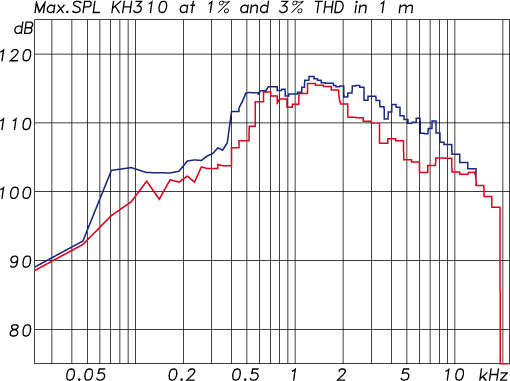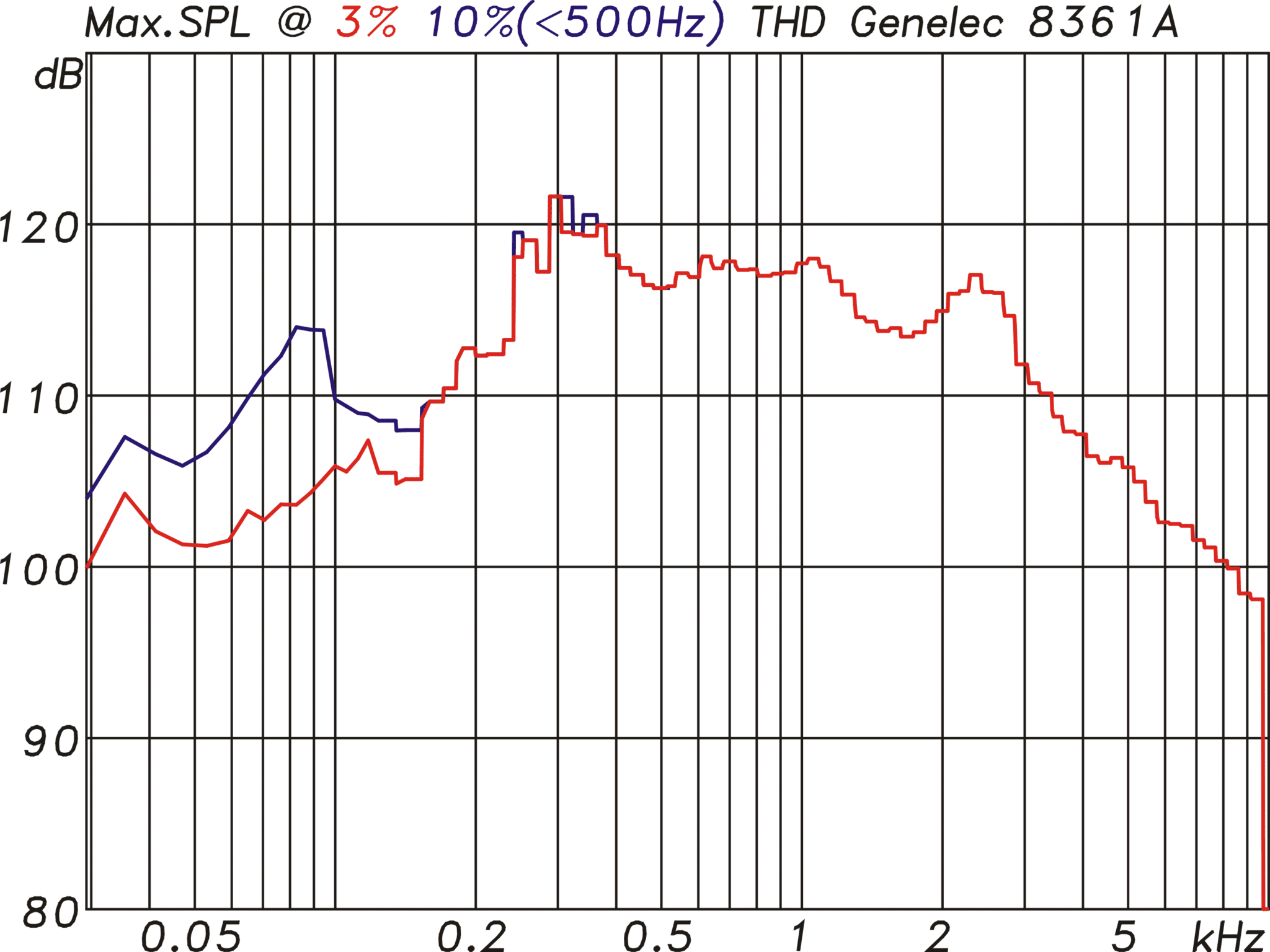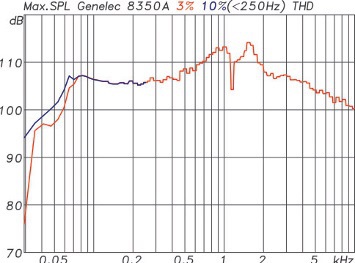Maiky76
Senior Member
Thanks a lot!
With score you mean the preference score (6.45)? Pretty neat, isn't it?
As with your EQ numbers: +/- 1 db is within the drift of the drivers, so you are trying so compensate the variations of the parts. This can't be done ex factory, since every single speaker had to be calibrated. Well, it could be done, but would need half a day to get that precision right, which would drive costs probably + 20%. We might have a look at the PEQ at 1883 and 2917 Hz though ;-)
But it makes more sense to calibrate at the listeners place via room EQ (also build in). This way you will correct everything at once.
(I have to check with engineering as for the raw data.)
Hi,
As explained the calculated Predicted Preference Rating, i.e. the score, is only an approximation.
If I you were to publish the raw Spinorama data I could provide you with a more accurate result.
The data should have a resolution of at least 1/20th octave in the 20 - 20kHz range for the 70 curves.
6.45 is very good, but 7.32 after EQ is great, FYI with a similar process I got 7.21 for the JBL M2 that is obviously EQed for flat LW.
With regards to driver to driver tolerance vs. system EQ, only your team can decide but measuring the LW for each unit compared to the average of the production should be a very cost effective way to implement a factory calibration.
The only difficulty may be adjusting the sensitivity of the LF drivers for the cardioid pattern, which should be done within +/-1dB from some simulations I've done but I might be wrong...



